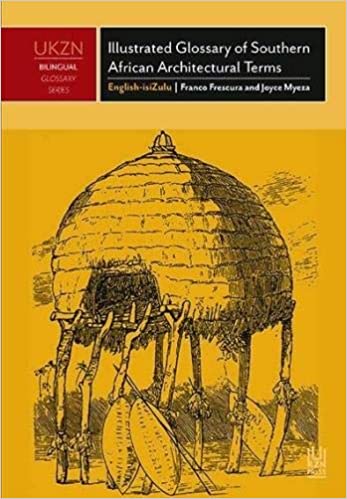Traditional African architecture is definitely not given enough credit, with most people viewing this type of architecture as rudimentary and basic with no place in the modern world of innovative architecture.
While traditional huts and other structures may appear to be simple, there is a lot more than meets the eye.
Fortunately, Franco Frescura and Joyce Myeza have recently published an English-isiZulu dictionary, full of stunning illustrations that sheds light on the intricacies and innovations of South African architecture. This book could not have come at a better time. The dictionary is called ‘The Illustrated Glossary of Southern African Architectural Terms’. There are over 1200 definitions that pertain to local, South African architecture.
This architectural dictionary would be very interesting to a diverse range of people. There are many detailed drawings that show important architectural features, and these features are translated into local languages and dialects.
Many years of work have been put into this book, with the concept being birthed as far back as 1970 by Frescura while completing her Master’s degree in vernacular architecture. This is where her interest peaked in traditional architecture and she felt an inclination to create an illustrated architectural dictionary exploring the topic.
The Underrated Innovation Of Traditional South African Architecture
South African architecture is much broader and diverse than you may think, with a wide variety of materials and skills used in the construction of traditional homes and buildings. Styles of architecture are usually dependent on weather, culture and readily available materials. Some of the marvels involved with traditional architecture include intricate thatching, made from woven grass, which the women in the community are often involved in.
Single-cell, round houses, with one entrance are very common in Sub-Saharan Africa. While this shape and style may seem basic, these structures serve their purpose incredibly well and are suited to family life and weather conditions. The other major advantage of traditional building techniques and materials is their sustainable, and eco-friendly nature.
Traditional homes are built for a specific and individual purpose, and they take innovation and skill to put together. These skills have been passed down for many generations and it would be a shame to overlook it in any way.
Also Read
African Architect, David Adjaye, Wins Prestigious UK Royal Gold Medal
List of top construction companies in Gauteng

